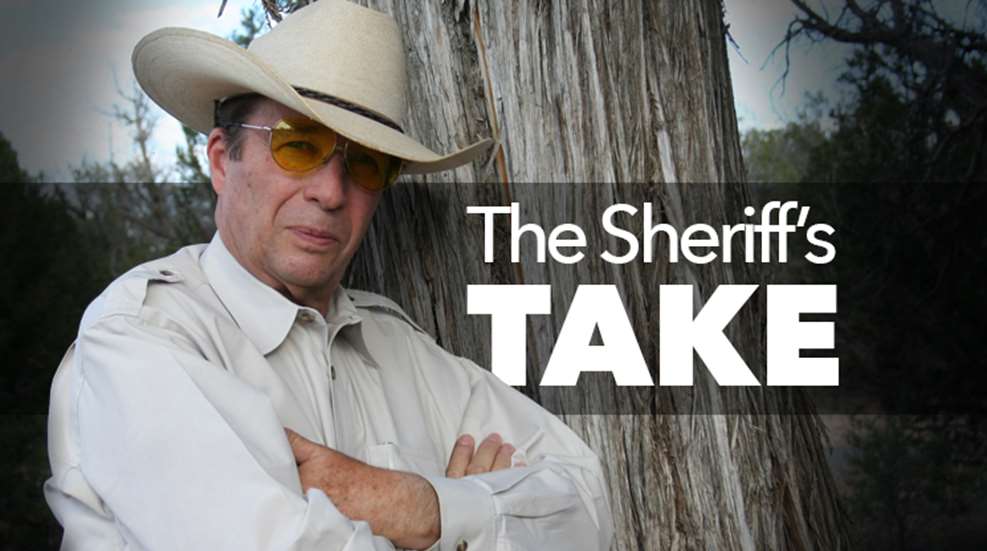
From talking to new shooters, I find that many do not take the time to establish a goal for a particular practice session. They just load up with firearms and ammunition and shoot in whatever manner happens to come to mind. Practice sessions can be far more productive when we determine what our goals are going to be for a particular session.
Essentially, practice sessions should reinforce the basics of defensive marksmanship. We might choose, for instance, to devote this session to working on improving our accuracy, spending time with getting the correct sight picture, controlling our breathing, and improving the trigger press. Here we aren’t talking about speed as much as precision.
Other times we might work on delivering two quick shots starting from the holster. Or maybe two quick shots, with a speed reload, and two more quick shots. The possibilities are actually endless, but should be based upon what the individual shooter feels he needs to improve on.
In practice sessions I don’t regularly shoot any actually drills, preferring to just identify the basics that need the most work. Periodically, I will use a particular shooting drill to gauge my progress. But I will use the same drill, over and over, to develop accurate data regarding that improvement, or lack of the same.
There many good drills to use. For what it is worth, this is the drill that I use, based upon what Gunsite calls The School Drill.
- 3 yards...one shot to the head in 2 seconds. Repeat for a total of 2 shots
- 3 yards...two shots to the body in 2 seconds
- 7 yards...two shots to the body in 2 seconds
- 10 yards...two shots to the body in 2.5 seconds
- 15 yards...two shots to the body in 2.5 seconds
- 25 yards...two shots to the body in 7 seconds
Each stage starts from the holster. However, if your range does not allow working from the holster just start from the low ready position.
Another value of the shooting drill is when we want to compare a new gun to the one that we have been using. And the same is true if a new holster is being tested.
Again, the best practice session is when we practice the basics and we only use the drill to gauge our progress. It is not even necessary, or a good idea, to shoot a drill during every practice session. Once every fourth or fifth session is plenty.
Decide what you need to practice at a particular range session and work on that. Then, periodically, run your drill to see if you are improving. It’s like taking a test once in a while and giving yourself a report card.


































